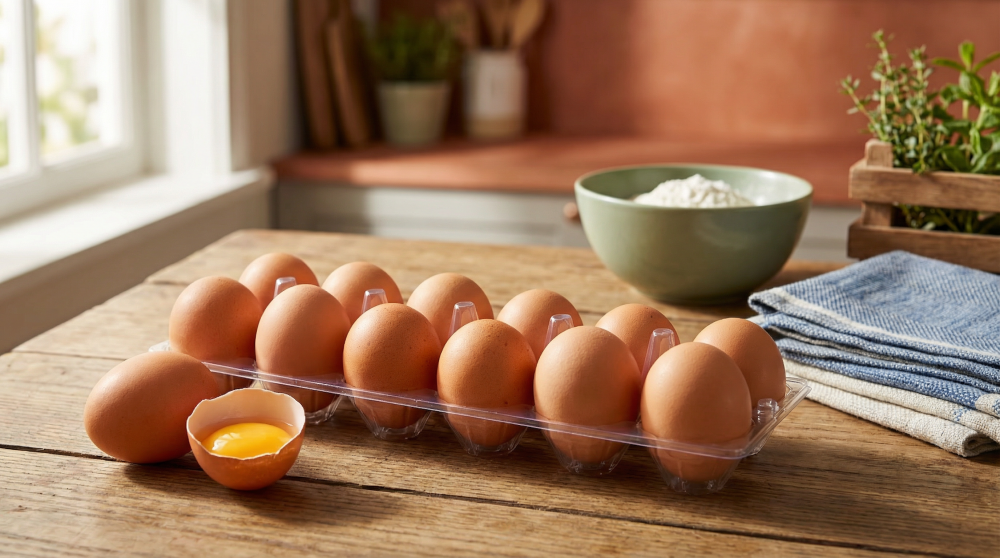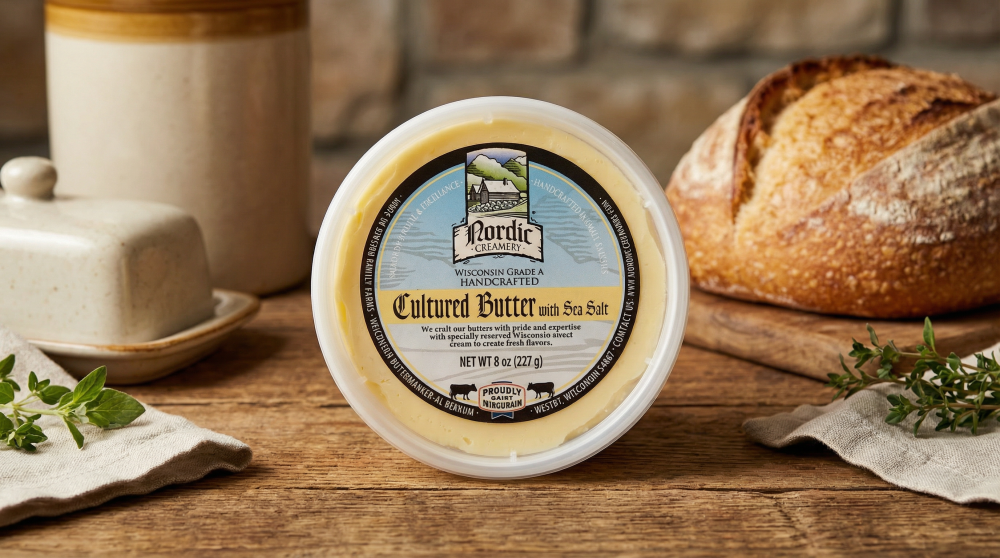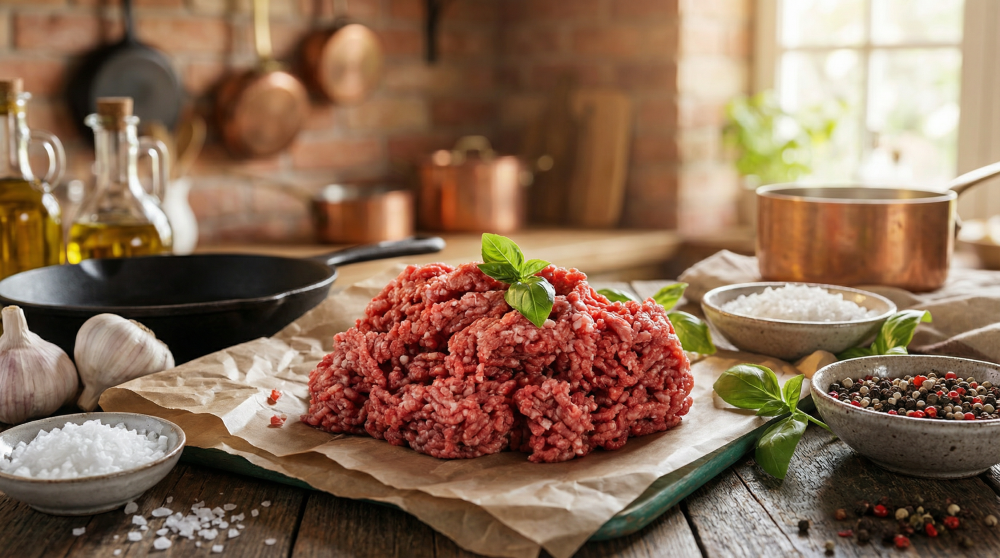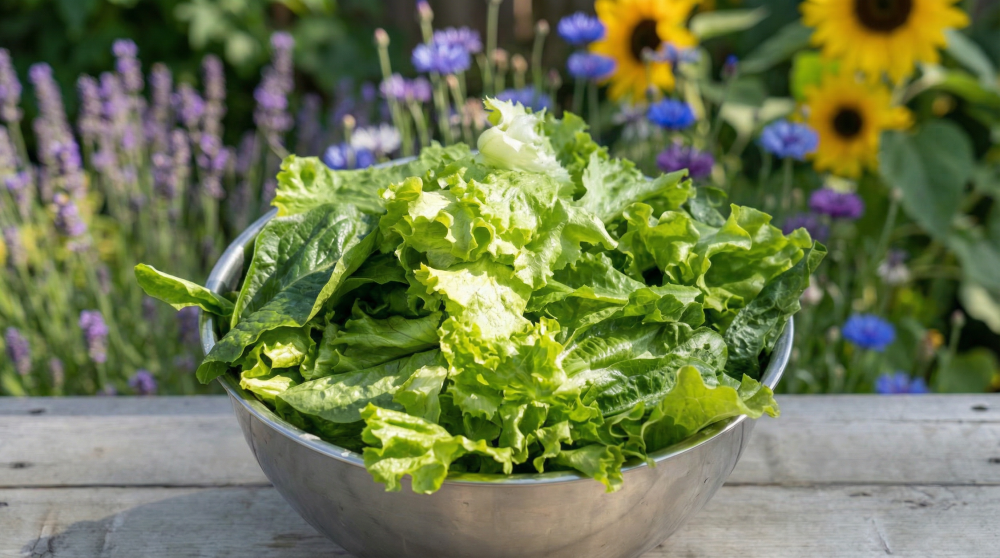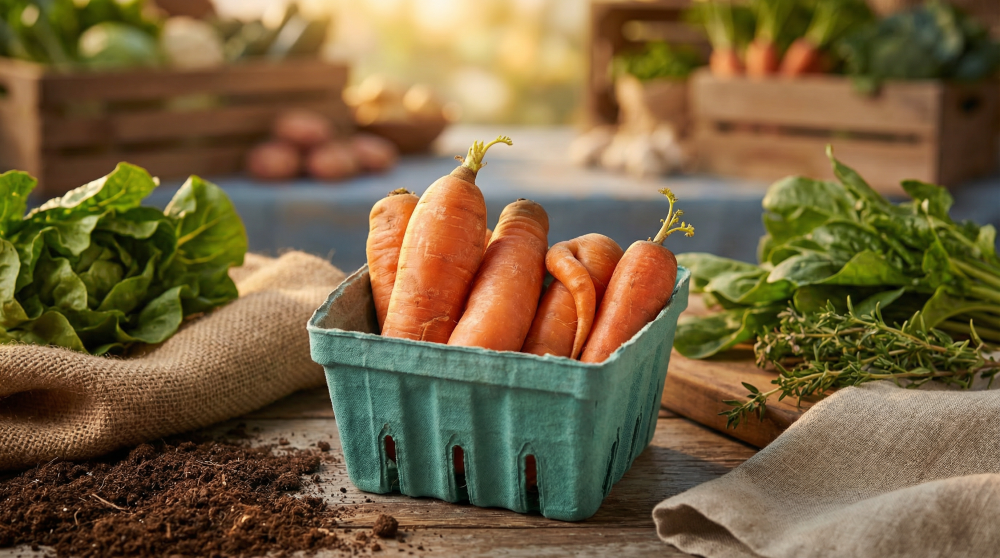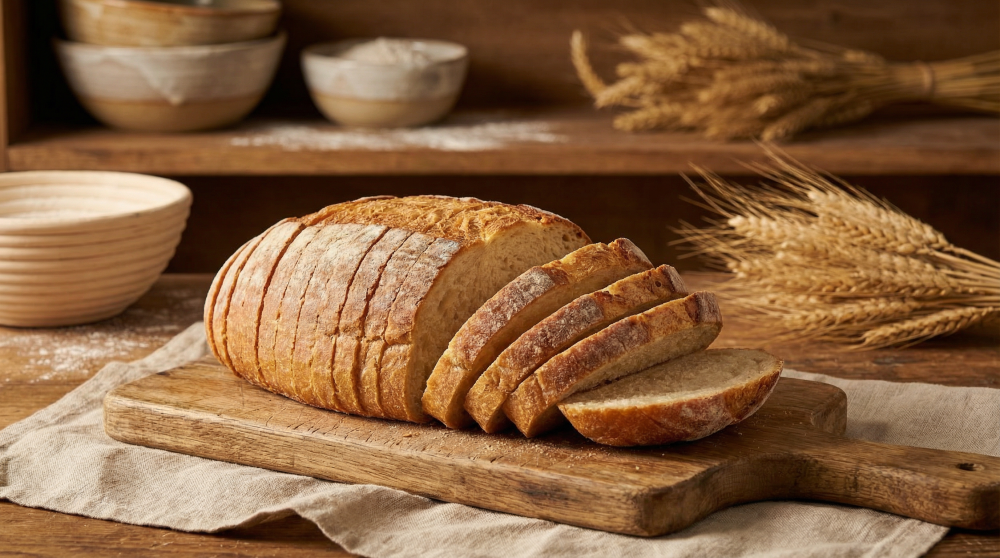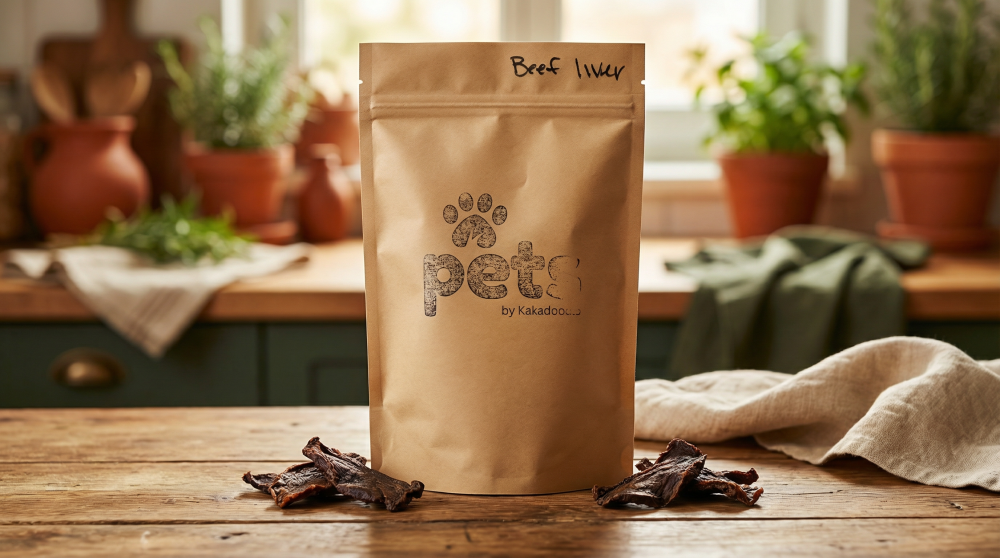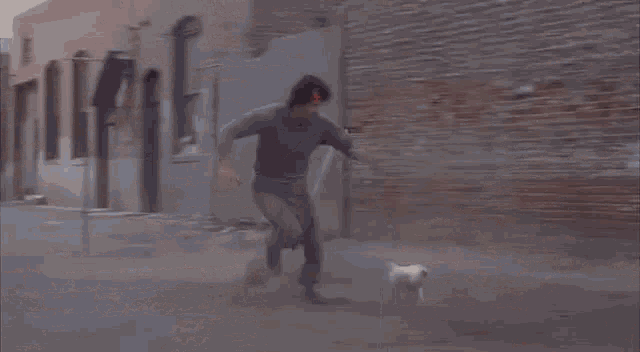article The Missing Piece in Local Food
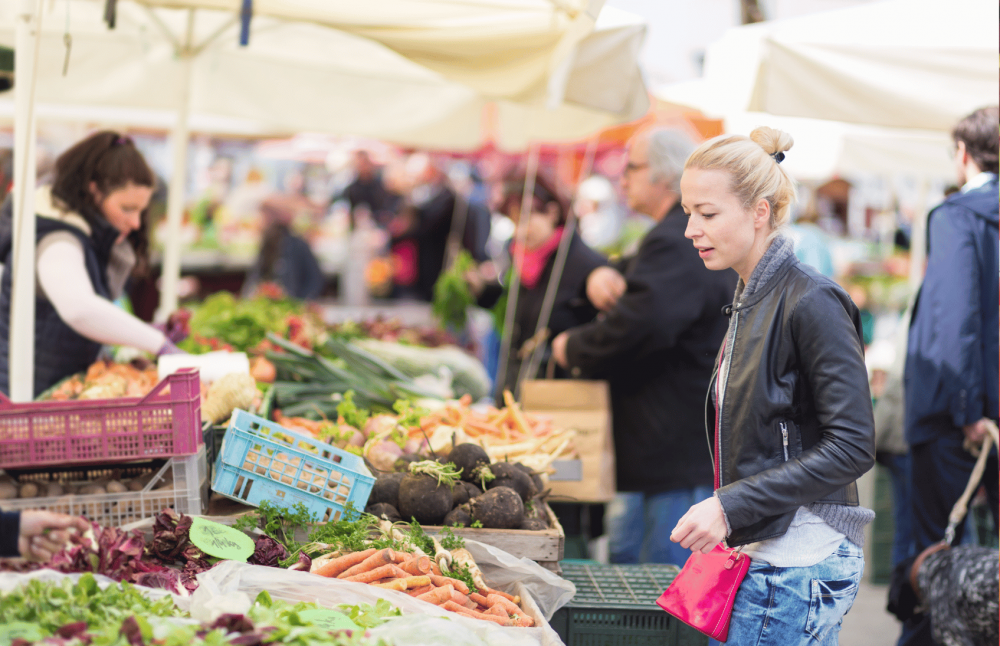
What does it really take to get nutrient-dense, chemical-free, local food into more hands?
That’s the core question raised by the Chicago Tribune’s recent deep-dive into Illinois agriculture 👉 Lack of middleman between Illinois farmers and consumers limits market for fruits and vegetables
In one of the most agriculturally productive states in the country, why is it still so hard to find local food at your neighborhood grocery store?
The answer? Most Illinois farmers aren’t growing food for direct human consumption. Nearly 80% of crops grown in the state are corn or soy... destined for animal feed or ultra-processed foods in the industrial system. Vegetables make up just 0.2% of what’s produced in Illinois.
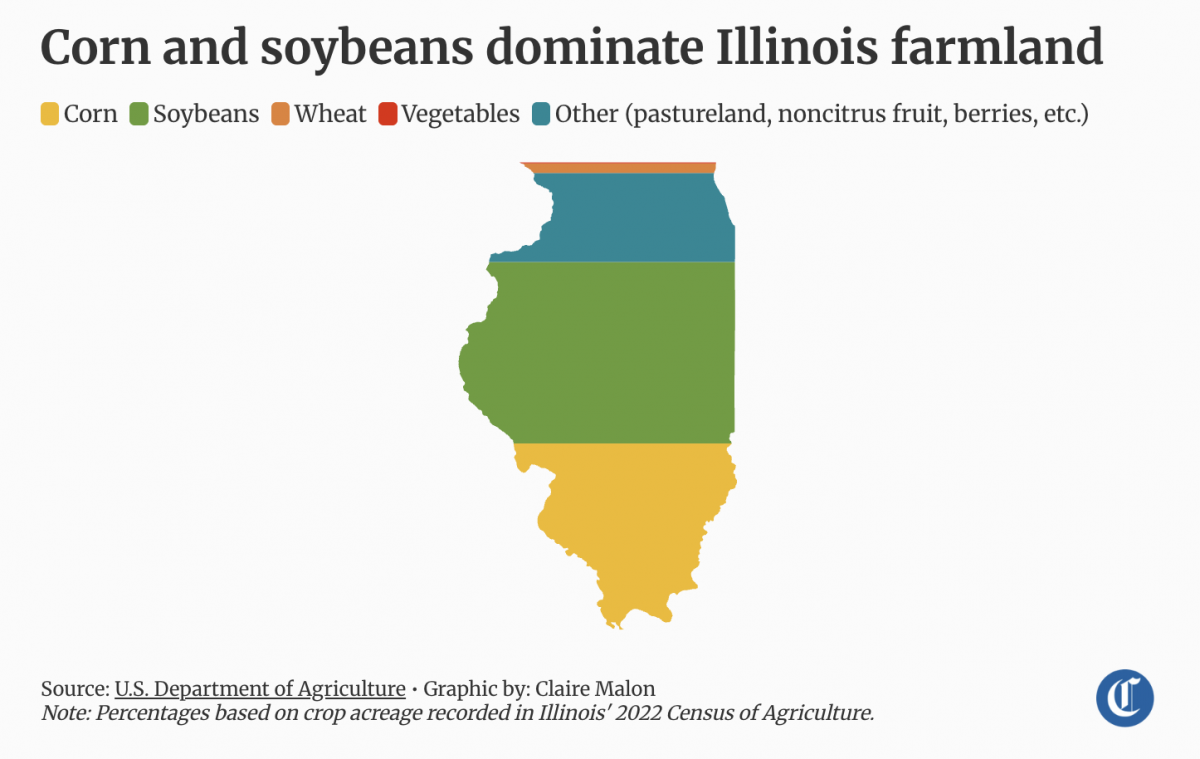
Why so little local food? Because there’s no strong market for it. The Tribune article highlights two emerging models that are working to change that:
1. Food Hubs for Bulk Buyers
Pioneers like Marty Travis of Down at the Farms aggregate food from dozens of farms and deliver it weekly to restaurants, corporate kitchens, and small grocers across the state. It's a smart, lean model that brings product from farmer to bulk buyers efficiently.
2. Grant-Funded Distribution
Farmers like Rachael Smedberg are stepping up to serve under-resourced communities. Through grant-funded programs, she aggregates food from neighboring farms and drives it into places that rarely see local produce. It’s an inspiring grassroots push for food equity.
But There’s a Third Path — One the Article Doesn’t Really Mention
The Tribune piece focuses on food hubs and government programs... both important. But it leaves out what I think is the most obvious opportunity: everyday families.
Not the chefs or food banks.
Not the policy makers.
Just regular people who want to feed their families better.
That’s where Kakadoodle comes in.
We’re not chasing restaurant orders or public contracts. We deliver real, chemical-free food from local farms straight to homes... the ones who care about what they eat, but need it to be simple, consistent, and easy to trust.
This isn’t about consumer education. It’s about consumer design. We’re not waiting for people to change their habits... we’re building the experience that makes that change possible.
It’s a harder model.
Slower to scale.
It requires technology, logistics, and a frictionless customer experience... every single week.
But if we get it right?
We unlock a self-sustaining market that doesn’t rely on grants or large contracts. Just real families, voting with their grocery dollars.
We’re grateful to everyone working to create a better food system... people like Marty Travis, Rachael Smedberg, and the chefs, institutions, and farmers pushing this movement forward. If we can create a market for local food, farmers will adopt.
Because if there’s one thing the article makes clear:
This only works if we all do.
Let’s keep going — together.
